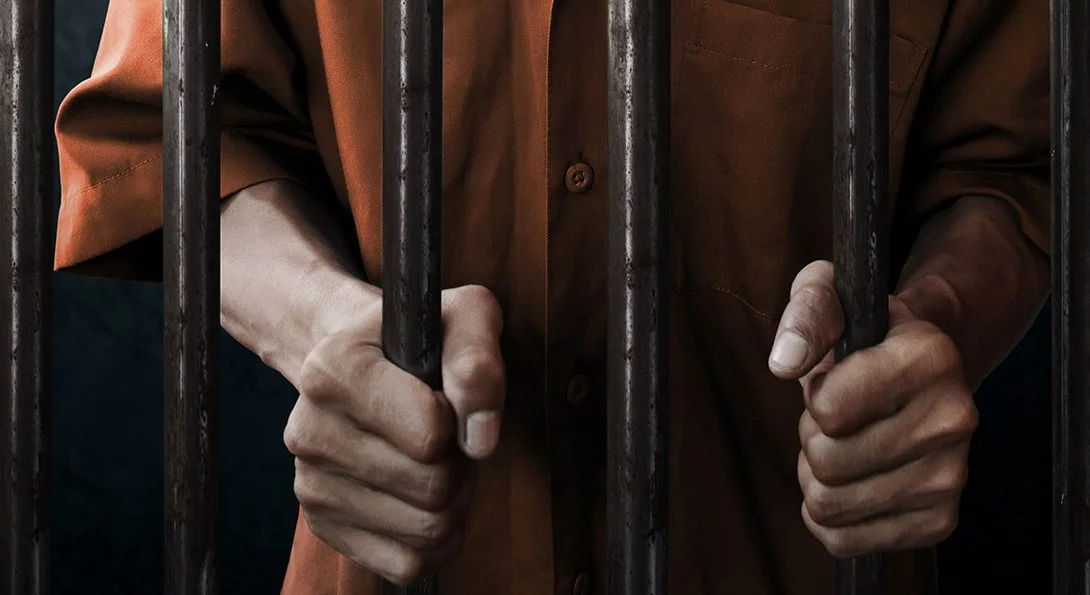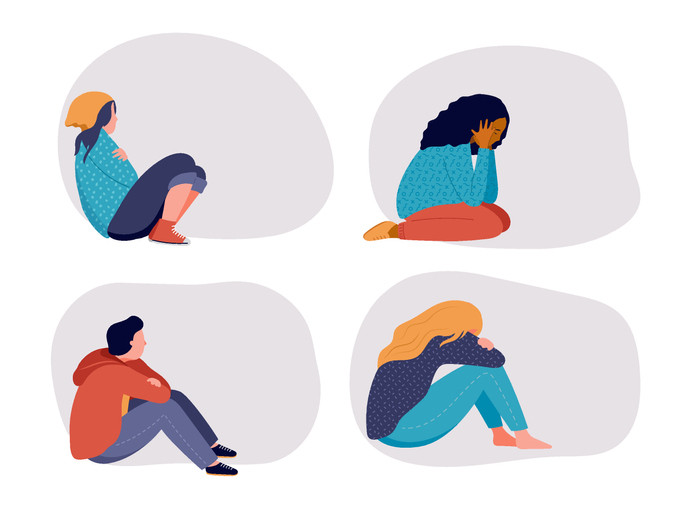Parnian Esmaeilishayeh (12) | STAFF REPORTER
The primary point of incarceration is to rehabilitate individuals and help them reflect and recover from past mistakes. The justice system is to offer fair judgement to ensure that upon return from imprisonment, prisoners are “transformed”. However, we contradict this concept by limiting those who underwent such rehabilitation treatment and rejecting them, even though by law they are no longer considered criminals. If the core value of incarceration is to guide those who have made mistakes to become beneficial citizens, then why are they facing lifelong barriers that prevent them from truly getting a second chance? Formerly imprisoned individuals face limitations with employment, housing, and education, making their lives harder instead of providing new beginnings.
Employment is what runs society. Commonly, it is required to survive, and it is a right that all adult citizens have. However, about 60-75% of formerly incarcerated people are jobless a year after release. This is a result of background checks required by almost all job positions, laws limiting licensing for convicted people, and biases. A new beginning cannot be initiated without a job that can provide for a balanced and stable life. Unemployment leads to poverty, insecurity, poor mental mindset, and many more side effects. Under these conditions, it is impossible for people with criminal records to move past their mistakes, and in contrast, it can lead to a return to old habits due to the struggles caused by unemployment.
Even if one has the money to survive without a job or is a part of the 35-40% of people with a job, the next obstacle becomes using those savings to have a roof over your head. In some regions like the United States, due to public housing bans, people with convictions are not eligible for public housing. Additionally, due to the low credit scores resulting from time in imprisonment and low income, it is challenging to receive the loans that assist in purchasing a home. Lack of access to housing leads to an increase in homelessness for ex-prisoners, restricting them from forming a comfortable life. This discomfort diminishes their second chance and can lead to a relapse into old habits.
Over time, the standard of education required has increased. In modern times, most jobs expect a bachelor’s degree, as even entry-level positions expect it. Therefore, in a society built on academics, it would be challenging to socialize when there are limitations to receiving education. Prison time not only interrupts education but also creates application barriers, as some academic institutions request a criminal history on applications. Additionally, the paranoia of being an ex-convict may lead to fear of applying for an education, fearing rejection. This lack of access to education leads to them feeling unqualified and inferior. This inferiority can lead to many psychological effects and adverse outcomes. If incarceration is to correct behaviours and educate people on past mistakes, actions should be taken to promote further education to allow them to learn and rebuild a life.
One might argue that old habits die hard and that people who have committed crimes once will return to them, making limitations necessary for people’s safety. However, that raises the question of whether this stereotype set for ex-prisoners is due to the past limitations set on them, which had made them return to crime. And even if it was impossible to kill these habits, then what is the point of our justice system? What is it doing if it is not correcting these habits? Therefore, it is not a matter of blaming the ex-offender, as the society and the judicial system are failing them in recovery.
The only way to solve these problems is to focus on rehabilitation instead of punishment. This includes psychological rehabilitation. This method is done in Norway, which explains why they are considered to have the best prison system. Additionally, the criminal profile of those who have undergone this training should be erased, kept hidden from the public, or accepted by the public. With programs strong enough to help cope with the core struggles, the crimes should have no negative connotation. Allowing former prisoners to have a new beginning, with work to occupy them, a happy home, and an education to be proud of, they can move forward, preventing harm and contributing to society.
All these limitations diminish the new beginning that prisoners look forward to during their sentence—resulting in such struggling times, with low income, no housing, no education, and unfair treatment. Thus, they have to survive by rebounding to old habits. This is not only unfair to those who have to experience punishment after punishment, but it also leads to an unsafe community with a high crime rate. If the justice system is fair and sets the correct and necessary punishments, then after criminals serve those sentences, they should be viewed the same as anyone else: they have seen the consequences of their actions and, therefore, should not need a life-long punishment if they did not deserve a life sentence.
Work Cited:
OJP, www.ojp.gov/pdffiles1/nij/grants/228584.pdf. Accessed 16 Apr. 2025.
“Rehabilitation Lessons from Norway’s Prison System.” First Step Alliance, First Step Alliance, 2 May 2024, www.firststepalliance.org/post/norway-prison-system-lessons.
“Roadmap to Reentry.” Roadmap to Reentry – Root & Rebound, roadmap.rootandrebound.org/. Accessed 15 Apr. 2025.



